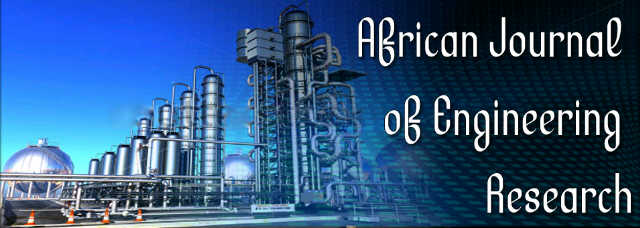Theoretical model of reactivity worth of beryllium plate thickness in the top shim tray of Ghana’s miniature neutron source reactor
R. B. M. Sogbadji, R. G. Abrefah, E. Ampomah-Amoako, S. A. Birikorang, H. C. Odoi, B. J. B. Nyarko and E. H. K. AkahoAfrican Journal of Engineering Research
Published: May 16 2013
Volume 1, Issue 2
Pages 62-69
Abstract
The core excess reactivity of the Ghana’s miniature neutron source reactor is about 4 mk. Operation of the research reactor causes the core excess reactivity to gradually reduce due to fuel burn up and reactor core poisoning by fission fragment such as samarium and xenon due to their high thermal neutron absorption cross-sections. The reduction in core excess reactivity affects the operation hours of the reactor thereby affecting experimental hours. In order to compensate for the excess reactivity loss, circular beryllium plates of required thickness are added to the top shim tray of the research reactor to add up to the neutron yield by the action of (γ, n) and (n, 2n) reactions. In this work, MCNP5 is used to model the various thicknesses of the beryllium plates from 0.5 to 109.5 mm and their respective reactivity worth range from 0.35 to 19.94 mk. For the prototype MNSR, the calculated reactivity worth of beryllium plates of thicknesses ranging from 10.0 to 109.5 mm were ranging from 5.50 to 18.60 mk. The graphical representation is in good agreement with that of the prototype MNSR; hence in this work, mathematical models were developed to establish a relationship between beryllium plate thickness in the top shim tray and their corresponding reactivity worth. This is an innovative way of calculating the reactivity worth of beryllium plates when compensating for reactivity loss in the reactor core.
Keywords: Core excess reactivity, beryllium shims, K-effective (Keff), miniature neutron source reactor, particle histories
Full Text PDF
